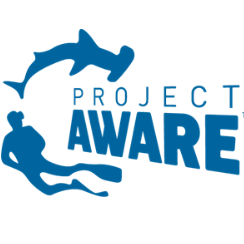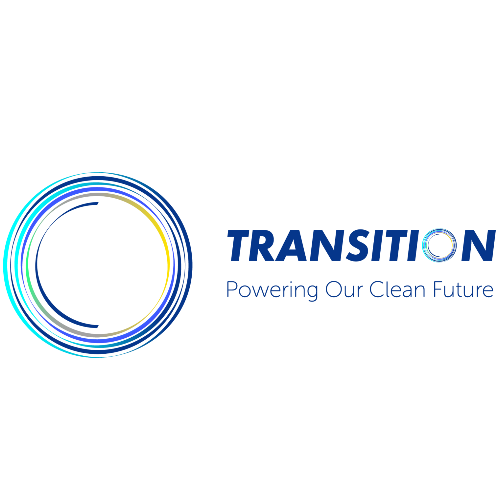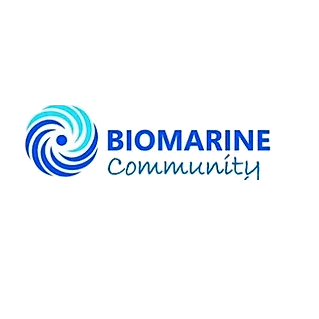The world's oceans have historically played an important role in supporting human development, and continue to do so. They have allowed and facilitated global exploration, human migration to foreign lands, trade and the transportation of goods between nations. They provide us with a bountiful supply of seafood and other valuable resources, recreational and tourism opportunities, as well as a wealth of employment opportunities associated with the wide range of marine economic activities outlined above. Yet, the blue economy still hasn't reached its true potential, and with careful planning, offers an opportunity for sustainable economic growth in the future.
For under-developed countries, such as Bangladesh, this could be as simple as developing ports and maritime infrastructure to take full economic advantage of the global shipping traffic that passes through its waters, or expanding the fishing industry by improving deep sea fishing capabilities and investing in coastal mariculture projects. However, there are also opportunities for countries that have a well developed existing blue economy to broaden this further.
In the era of climate change, the adverse effects of a warming planet are being felt the world over. Coastal communities are particularly vulnerable to climate change impacts such as sea level rise and a drop in ocean productivity due to ocean warming. But there is also an opportunity to rise above adversity by coming up with creative solutions and applying new technologies to solve pressing problems. For example, instead of simply exploiting marine resources for our benefit, there is opportunity to expand the blue economy to include the development of land-based assets, such as aquaculture for example, that contribute to the blue economy and ensure its long-term sustainability in a changing environment.
There is also an opportunity to invest in innovative technologies that can create sustainable ocean-based industries that address issues related to climate change, such as reduction of greenhouse gases for example. These industries not only serve as potential climate response strategies, they also create jobs for coastal communities.
A recent report published by The National Academies of Science, Engineering, and Medicine (NASEM) assessed the feasibility and potential effectiveness of six different approaches for removing and sequestering carbon dioxide in the oceans, all of which come with costs and benefits that need to be weighed up. The technologies assessed include:
• Nutrient Fertilization — (adding plant nutrients such as nitrogen and phosphorus to the surface of the ocean to increase the rate of photosynthesis by phytoplankton, thereby increasing the rate of carbon dioxide uptake and ultimately transfer of carbon to the ocean depths where it gets locked up for more than a century.
• Seaweed Cultivation — large scale farming and harvesting of marine algae could potentially provide a resource while at the same time also transport carbon to ocean depths or ocean sediments.
• Artificial Upwelling and Downwelling of ocean water — upwelling moves cool, nutrient-rich water from the depths up to the surface, bringing CO2 with it. This stimulates phytoplankton growth, resulting in greater uptake of atmospheric carbon dioxide. Downwelling moves surface water containing carbon dioxide down to the ocean depths.
• Ecosystem Recovery — Removing and sequestering carbon by protecting and restoring coastal ecosystems and promoting the recovery of fish stocks, whales and other marine organisms. This approach is considered to have the lowest environmental risks and offer the greatest co-benefits.
• Ocean Alkalinity Enhancement — This approach involves chemically altering sea water to increase alkalinity, which in turn stimulates reactions that aid the take-up of atmospheric carbon dioxide.
• Electrochemical Processes — This approach can be used to manipulate ocean acidity/alkalinity to optimize carbon dioxide sequestration. Passing an electric current through seawater can alter the pH of seawater. When acidity is increased, carbon dioxide is released; when alkalinity is increased, carbon dioxide is retained.
The oceans are the lungs of our planet. They are home to an abundance of phytoplankton that absorb carbon dioxide and release oxygen during the process of photosynthesis. Using an innovative approach that harnesses this natural process can not only help address climate change, but could also produce a valuable resource that could help feed the world's ever-growing human population, while at the same time contributing to the blue economy by creating jobs and livelihoods for coastal communities.
Source
https://www.greenbiz.com/article/taking-climate-justice-seriously-blue-economy










